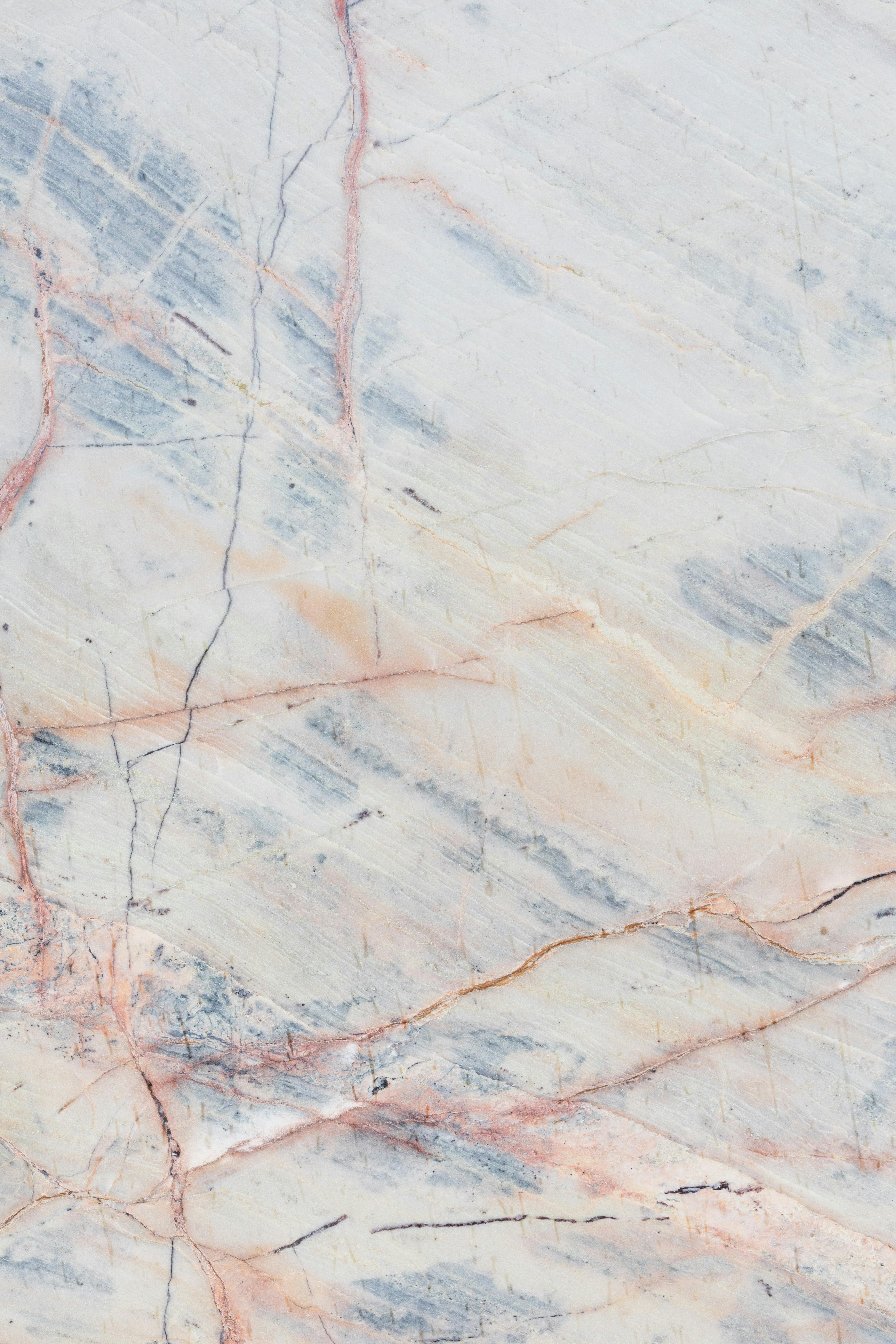Marble wall panels: an art form that etches the epic of nature into space
Marble wall panels bring the drama of geology into interiors, turning walls into natural canvases of veining, color, and light. Beyond visual appeal, these stone surfaces provide durability and timeless style for homes and commercial spaces, from bathrooms and fireplaces to hotel lobbies and galleries.

Marble wall panels: an art form that etches the epic of nature into space
Marble wall panels transform ordinary surfaces into narratives of time and pressure, where veining, mineral inclusions, and subtle color shifts reveal nature’s long story. In contemporary American interiors—from compact apartments to expansive commercial lobbies—these panels balance durability with visual depth, creating refined focal points that age gracefully when specified and cared for correctly.
The emergence and development of marble wall panels
Modern marble wall panels trace a lineage back to ancient civilizations that used stone slabs for temples, baths, and palaces. For centuries, marble appeared mostly as monolithic blocks or thick cladding. Advances in quarrying, slicing, and reinforcement have since made large-format wall applications more feasible. Wire saws and CNC shaping improved precision; bookmatching techniques revealed mirrored patterns; and lightweight backing systems expanded where stone could be installed. Today, composite panels with aluminum honeycomb or fiberglass reinforcements reduce weight while retaining authentic stone faces, and digital templating allows precise vein alignment across complex walls.
Why choose marble wall panels?
Homeowners and designers often choose marble for its visual richness: no two slabs are identical, so a feature wall becomes a unique statement. Marble is also heat-tolerant, making it suitable around fireplaces when properly detailed. With routine sealing and pH-neutral cleaning, it offers long service life. The material does require informed care—acidic cleaners and splashes can etch calcite, and some varieties are more porous than others. When expectations and maintenance align, marble can enhance resale appeal, add perceived value, and complement both traditional millwork and minimalist architecture.
Types of marble wall panels
Marble panels vary by composition, format, and finish: - Solid marble slabs: Traditional, substantial feel; typically thicker and heavier, requiring robust substrates and anchorage. - Lightweight reinforced panels: Marble veneer laminated to aluminum honeycomb or fiberglass backing to reduce weight and improve stability—popular for large, high walls. - Cultured or engineered marble: Reconstituted stone using marble aggregate and resin; offers visual consistency and can be a cost-conscious option, though it differs from natural stone in feel and performance. - Bookmatched sets: Sequential slabs arranged to mirror veining, ideal for statement features. - Finishes: Polished for high reflectivity, honed for a soft matte look, leathered for tactile texture, and 3D fluted or carved treatments for shadow play and visual rhythm.
Application scenarios of marble wall panels
Marble panels can anchor a variety of interiors. In residential settings, they work well for fireplace surrounds, shower walls (with waterproofing and appropriate sealers), entry vestibules, and accent walls in living or dining areas. In commercial spaces, they bring gravitas to hotel lobbies, elevator banks, reception desks, and gallery backdrops. For retail, a carefully selected stone can reinforce brand identity through color and pattern. Exterior cladding is possible with professional engineering and climate-aware detailing, but most use in the United States focuses on interiors due to freeze–thaw cycles and maintenance considerations.
Marble wall panel selection and installation guidelines
Selection starts with intent. If a seamless, continuous mural is the goal, visit the slab yard to review full slabs—not just samples—and plan vein flow across the wall. Confirm actual lot numbers to ensure color consistency. Assess porosity and likely exposure: in bathrooms, prefer denser stones, specify penetrating sealers, and detail proper ventilation. For feature walls in dry areas, finishing options take center stage—polished surfaces amplify light, while honed or leathered finishes reduce glare and highlight texture.
Installation quality determines long-term performance. Coordinate early with a qualified stone fabricator and installer experienced in large-format panels. Verify the substrate is flat, plumb, and structurally capable of supporting the stone’s weight. For solid slabs, mechanical anchors or kerf systems may be required; for lighter composite panels, manufacturer systems and approved adhesives are typical. Observe movement and expansion joints, especially across long runs or where walls meet different materials. In wet areas, include continuous waterproofing behind stone, slope horizontal details to shed water, and seal penetrations. Use pH-neutral cleaners and reseal as recommended to maintain appearance. When in doubt, consult local building codes and standards, and consider engaging local services for site evaluation and installation.
A thoughtful approach to lighting elevates results: grazing light across fluted or leathered finishes brings depth, while diffuse lighting flattens reflections on polished marble. Mind the context—pairing marble with wood, metal, or plaster can balance warmth and coolness. Finally, plan for access to utilities: create removable stone panels or access hatches where maintenance is required.
Marble’s appeal lies in its dual identity as both surface and story. When responsibly sourced, carefully specified, and properly installed, marble wall panels can provide decades of service while lending interiors a quiet sense of permanence.




